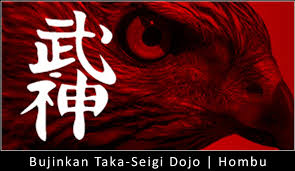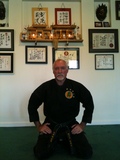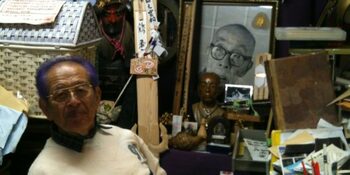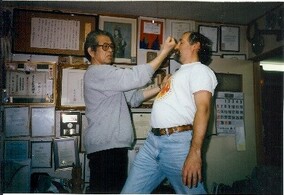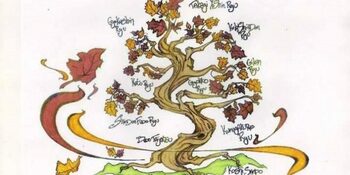
The Difference Between Concealment & Cover
10.12.18
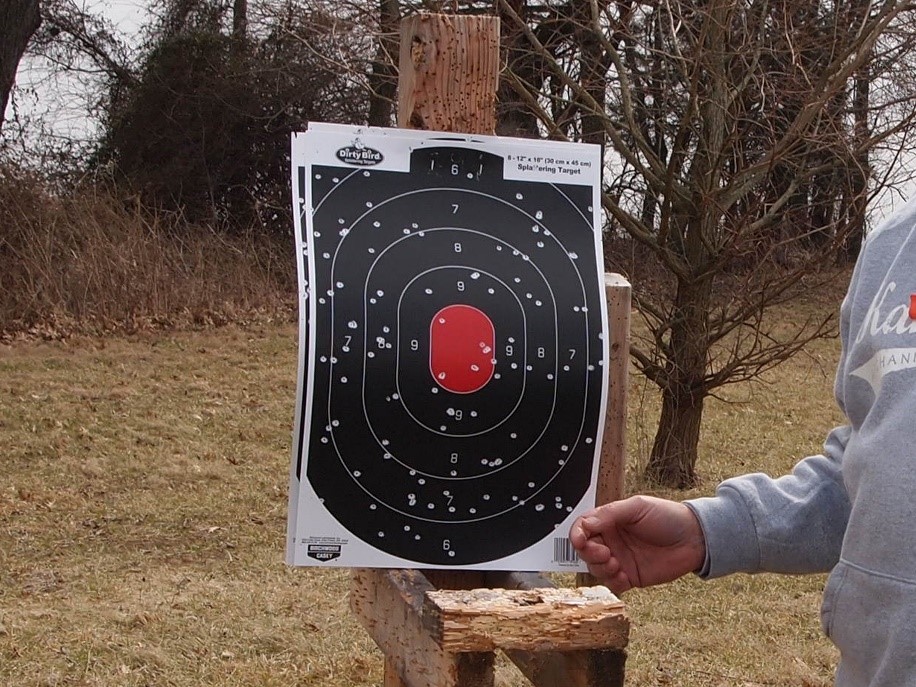
Most of us think that concealment and cover are pretty much the same thing. However, for those who’s lives may depend on it, there is a huge difference between the two. Proper concealment is just that. You are invisible to your opponent. You can’t be seen. This would be like hiding in a tree or behind a bush or behind a car or building. Or it could mean you are blended into your environment with good camouflage, think Arnold Schwarzenegger covered in mud and hiding from the alien hunter in Predator.
We need proper concealment for a variety of reasons. To simply hide from an opponent. To buy time to think of a counter option or to allow for reinforcements to show up. To observe and report. Or possibly to take that one final shot that will end the situation. What concealment is not usually good for is protection from incoming rounds. At BuFestivus this year, we shot several different loads with the 12 gauge shotgun. We saw that slugs rounds from a shotgun will destroy cinder block. Two slug rounds will punch through 5″ masonry block, allowing the next round to go through to whatever is on the other side. We also saw that number 8 shot would not penetrate through an interior wall, or for the few that did, there was no punch left in them to penetrate the 2nd wall. We saw that 00 buck shot did penetrate both interior walls and had some umph left to them afterward. We could have done a similar demo using 9mm and 45cal hollow points and full metal jacketed rounds. Penetration depends on the shape of the round(s) and the powder behind them. We must take these two factors into consideration in determining what makes proper cover.
Generally, the denser the material the better cover it will make. Whereas thick brush might be decent cover against a light load shotgun (such as the number 8 bird shot mentioned above), it will do nothing to stop a heavy load. A thick, oak tree offers great protection from any round. The limits on a large tree are obvious though. You are pretty much stuck behind a large tree since there won’t be another large tree anywhere close by that you can move to. A brick wall, depending on thickness, may be great cover from most pistol and light rifle rounds, but it may not be enough against a shotgun with enough rifle slugs to punch through. A car may be great cover for most weapons. The best place to be is behind either the front wheel and the engine compartment. These afford you the most protection from direct fire. The engine will stop pretty much anything shot at you. The tire will protect you from being shot from the ground in a possible skip shot. A skip shot is where you shoot at the road a few feet away from the car. The round skims a few inches above the surface and goes under the car and hits the legs of whoever is crouched behind it. Positioning yourself behind the tire provides you good cover from this shot. A metal US mailbox offers decent cover as well, but it leaves the legs exposed to one of these low shots also. Taking cover behind a corner of a building might be okay depending on what it is made of. If brick and mortar, an experienced shooter will chip away at the corner sending shards of brick into your eyes. The opponent can also use a skip shot along the wall to hit any exposed area you leave hanging out around the corner. To defeat these, position yourself 4-6′ back from the corner itself and slowly edge to your left or right until you can just see down the wall. This adds depth and distance to your cover and limits your exposure to the person looking to shoot you. It takes the skip shot out of the equation, because once the round reaches the end of the wall it tends to veer out and away from the skip path that it had been traveling. There is no exact distance that this happens, but the farther back you stand from the wall, the less likely you will be hit by either shards or the round.
Military snipers must consider both when determining their hide site. While they may fire at a target at a distance of a mile or more away, this doesn’t make them exclusively safe from return fire or from being observed and tracked. UAVs, attack helicopters or other close air support make it imperative that the military sniper and spotter have proper concealment and cover to complete their mission.
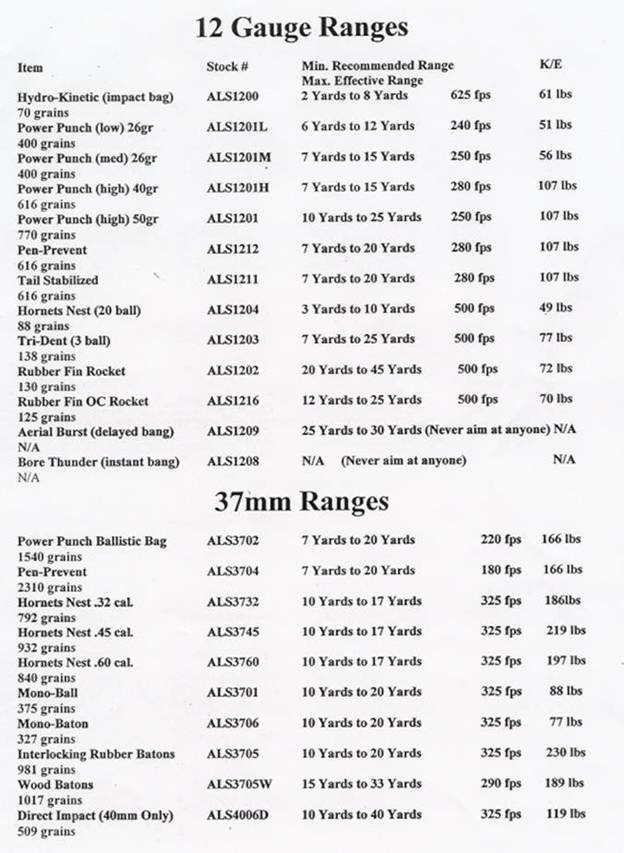
Lots to think about when it comes to cover and concealment. I hope this bit of information gives you a better idea of the difference between the two. For your homework, I would like you to think about various situations you find yourself in during your daily routine. Ask yourself what would make good cover and/or concealment in these situations. Walking down main street and in your home, where are the best cover and concealment locations. What are the differences between the two in your own home? How about when you are in your college classroom or school? There have been too many shootings in the last 10 years in our schools and colleges. If this is your place of work or study, figure out those good cover and concealment positions. We all remember the tragedy in a Denver movie theater recently where a deranged gunman walked in the exit door of the theater and shot and killed or wounded a lot of people. If that were to happen at your movie theater, where would the best place for cover or concealment be for you and your family? Unfortunately, these are things we should all think about, because we never know when one of us or our family might have to face a similar situation. This training is what I call Shinken Taijutsu. Leave a comment below with your thoughts, I’d love to hear from you!
